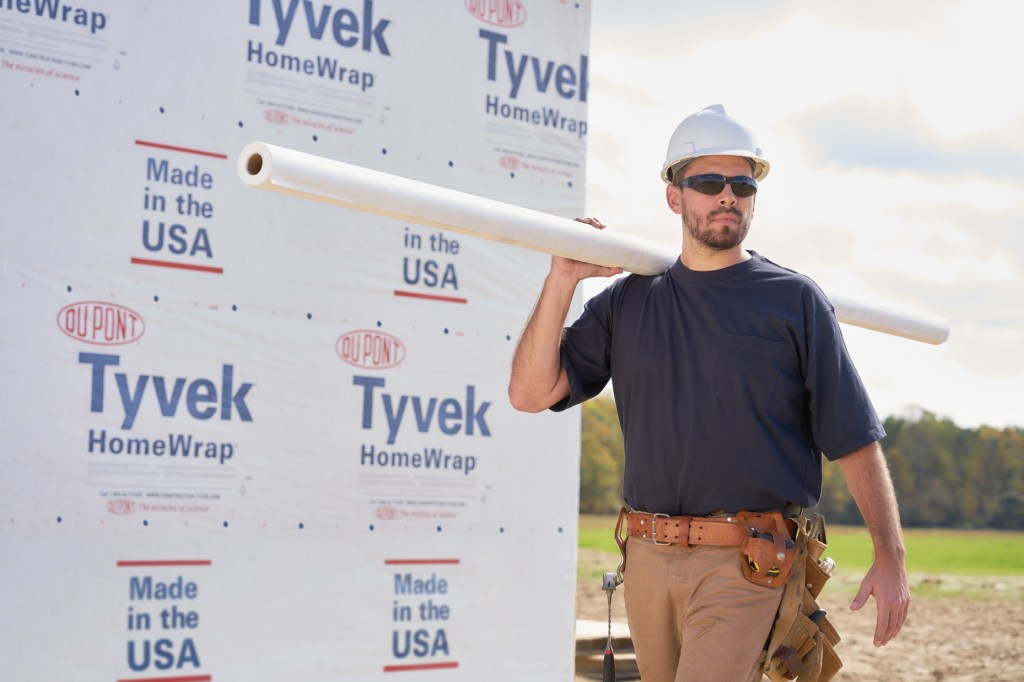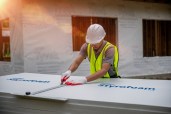But what exactly are those differences? How does building code change? Energy code? Fire code? Plumbing? Mechanical? Sewage disposal? Swimming pool and spa?
You can research local county or state websites. But experience shows that can be a frustrating hit-and-miss affair. Local government websites aren’t always the timeliest. To help you double-down as your resident ninja code master, here are some ‘must-bookmark’ links that may save you a world of time and trouble:
Local Jurisdiction Code
What are the contractor rules for the jurisdictions (typically by county) most applicable for your projects? Click here for this periodically updated chart from the International Code Council (ICC).
State Code
What’s going on across the border or the country? Click here to check out this handy state by state code breakout from the ICC.
State by State Code
Your friends at the ICC also maintain this cool interactive map of the U.S., making it fast and easy to drill down for all sorts of helpful statewide and local code resources.
I-Codes Usage Summary
Guess which state hasn’t adopted the International Residential Code (IRC)? Surprise, it’s Wisconsin. Check out this quick overview of International Code (I-Code) adoption rate nationwide. By the way, what’s the only I-Code currently adopted by all 50 states?
2-Minute I-Code Changes Guide
This handy resource spills the beans on major changes to the 2015 International Building Code, International Residential Code, International Energy Conservation Code, and six other I-codes. If you have projects bound to 2015 standards, you know the differences. Many states are now transitioning or debating the adoption of the upgraded code. Good intel to have if you’re planning projects in those areas.
Manufacturer Resources
Several building product manufacturers have stepped-up with code information. DuPont, for example, offers building professionals access to the DuPont™ Building Knowledge Center, a central clearinghouse for helpful resources designed to promote best practice in building envelope solutions. The resources include installation guides, BIM tools, CAD drawings, AIA/CES learning units, MSDS, specifications, and fact sheets. Now in its 25th year, the DuPont™ Tyvek® Specialist Network offers trade professionals access to local experts that can personally advise on area codes, industry trends, technology, and best practices, especially as it relates to weatherization systems. Click here for your local Tyvek® Specialist’s contact information.
Who says you can’t be the authority on all things code? You may be surprised how fast and easy it is to command the facts on the code governing your project decisions.


